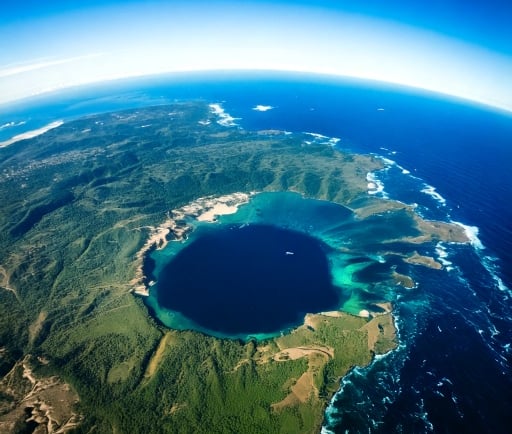The Indian Ocean Geoid Low


Introduction to Gravity Holes
The phenomenon known as gravity holes captures the interest of scientists and enthusiasts alike, particularly the Indian Ocean geoid low. This significant gravitational anomaly represents the lowest point in the geoid, forming a captivating study for geological and oceanographic research. Covering an expansive area of approximately 1.2 million square miles, it exhibits fascinating circular characteristics that intrigue researchers in their quest to understand Earth's geophysical properties.
Characteristics of the Indian Ocean Geoid Low
The Indian Ocean geoid low, often referred to in scientific circles as a gravity hole, originates just off the southern tip of India. This unique geological feature is a result of various factors, including ocean currents, tectonic activities, and the distribution of mass within the Earth. Its circular motion is not only captivating but also significant in understanding the Earth's gravitational anomalies. The concept of a gravity hole plays a crucial role in studies related to the laws of gravitation and anomalies present in geophysical data.
The Implications of Gravitational Anomalies
Understanding gravitational anomalies like the Indian Ocean geoid low extends beyond mere curiosity; it has vast implications for various scientific fields. Geodesists utilize models of gravitational variations to improve satellite positioning systems, while oceanographers analyze these anomalies to comprehend ocean circulation patterns. Furthermore, studying such regions aids in the exploration of underwater resources, such as oil and gas reserves. By deciphering the intricacies of the Indian Ocean geoid low, researchers can unravel secrets that could lead to enhanced navigational tools and resources management.
